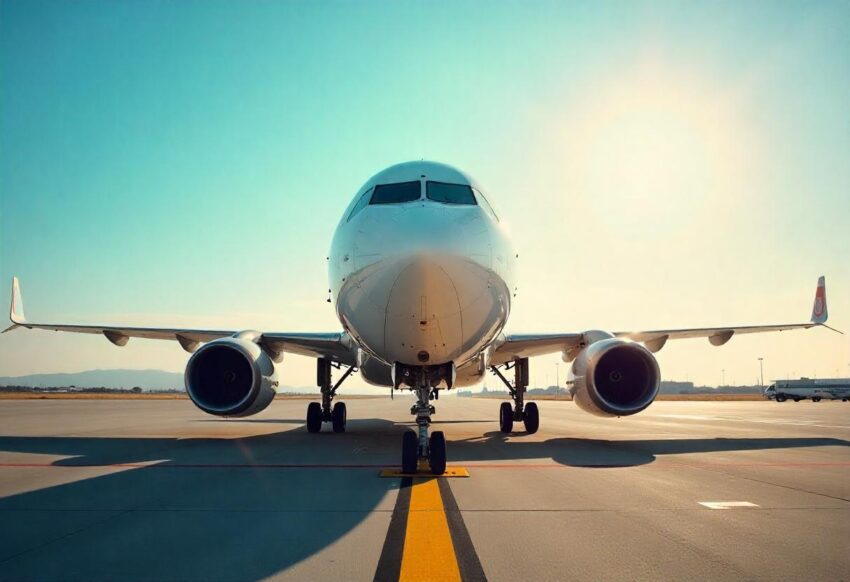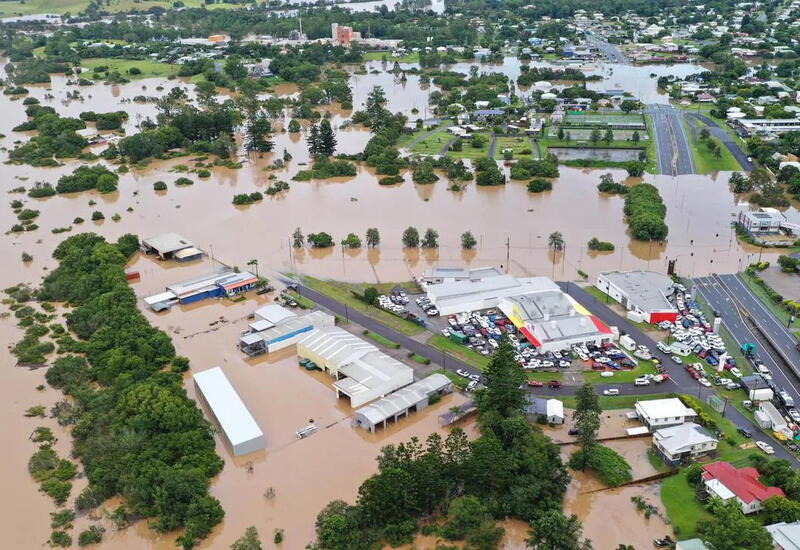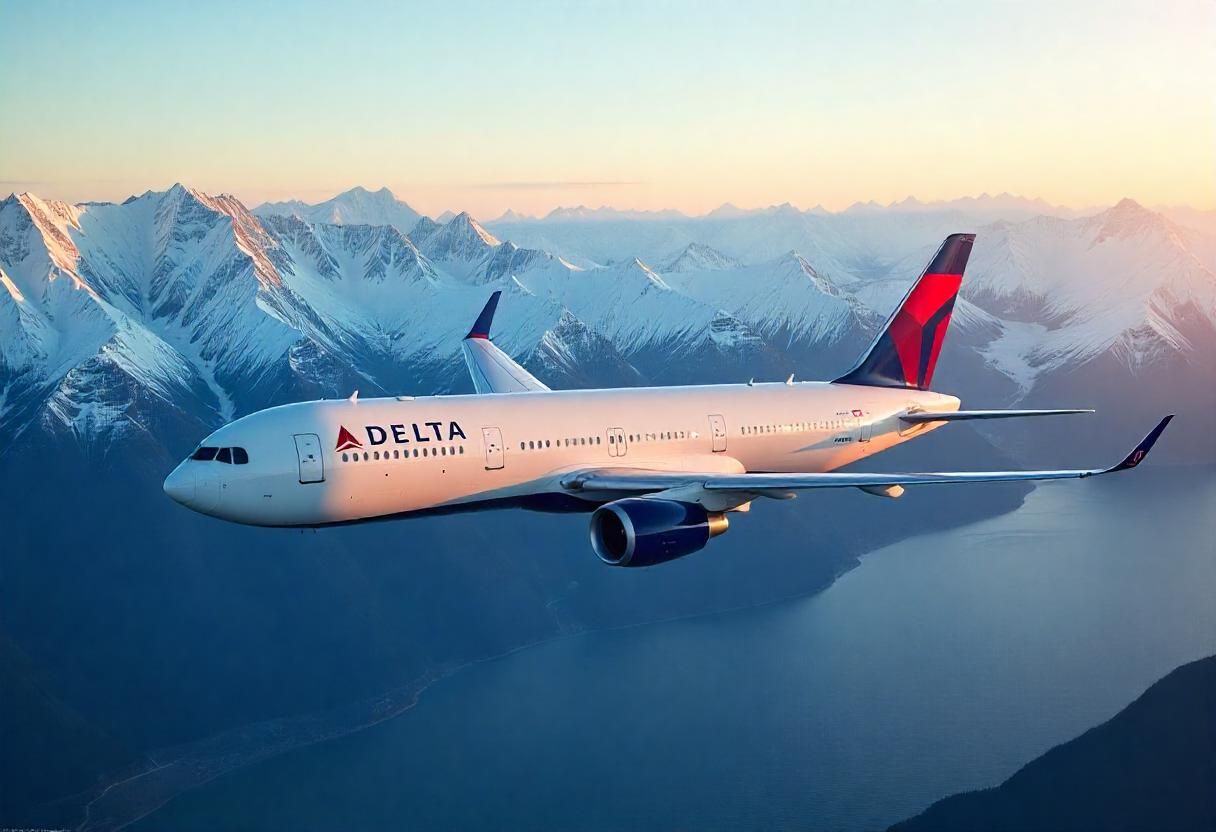US To Canada, Air France San Francisco To Paris Flight Diverted To Montreal Due To Safety Precaution, Passengers Await New Travel Instructions - Travel And Tour World
Sunday, July 20, 2025

Air France flight AF83 had to make an emergency landing in Montreal, Canada, after the aircraft’s radar system failed, causing chaos at 33,000 feet, where it took nearly an hour to restore some form of order. The Paris-bound Boeing 777 was eventually diverted back to Montreal because of the serious mechanical problem as passengers found themselves in a harrowing travel horror. In its diversion, passengers were delayed and left to await further details from the airline. The episode illustrated the airline’s vigilance on safety but also created chaos for those on board.
On July 17, 2025, Air France flight AF83, traveling from San Francisco International Airport (SFO) to Paris Charles de Gaulle Airport (CDG), was forced to divert to Montréal–Pierre Elliott Trudeau International Airport (YUL) following a technical issue that occurred mid-flight. The flight, operated using a Boeing 777-328ER, experienced an unscheduled delay as passengers were kept onboard for several hours before being transferred to hotel accommodations, while Air France worked to resolve the situation.
The technical issue, which remains unconfirmed but is speculated to involve a radar system failure, prompted the decision to reroute the flight for safety reasons. Radar is a critical system for transatlantic flights, especially during nighttime travel and over large bodies of water. With thunderstorms in the vicinity, the crew made the cautious decision to divert to Montreal, prioritizing the safety of both the passengers and the crew. As the aircraft safely landed at YUL, passengers faced extended delays, and the airline worked to provide accommodation and update them on next steps.
Flight AF83 departed from San Francisco on July 17, 2025, and was well into its journey across the Atlantic when the radar system reportedly failed, though no official confirmation has been provided by the airline. Radar is essential for safe navigation, especially on long-haul flights over the open ocean. In addition to the technical failure, thunderstorms in the area heightened the risk to the aircraft’s safe passage, as radar would be needed to navigate such dangerous weather conditions. With this in mind, the flight crew chose to divert the plane to Montreal–Pierre Elliott Trudeau International Airport as a precautionary measure.
The decision to land in Montreal was made after approximately five hours of flight time, and the aircraft safely touched down at 4:31 UTC in the early morning hours of July 18. Following the emergency landing, passengers remained onboard for several hours as the plane stayed on the tarmac. Passengers were informed that they would be transferred to nearby hotels for the night, as they awaited further instructions from Air France regarding the next leg of their journey to Paris.
While on the ground at YUL, many passengers expressed frustration over the lack of detailed communication from the airline. With limited updates available, many were left uncertain about their next steps, although hotel accommodations were provided by Air France. The uncertainty was made all the more frustrating by the late hour, as the diversion had occurred in the middle of the night.
Upon arrival at Montreal’s airport, Air France took immediate steps to ensure that passengers were taken care of during the unexpected delay. The airline arranged for accommodations at nearby hotels, allowing affected passengers to rest until further details could be provided regarding their continued travel to Paris. Though the airline acted quickly to arrange temporary lodging, the communication to passengers was sparse, leaving many anxious and awaiting clarity on how the remainder of their journey would unfold.
The Boeing 777-328ER involved in the incident, registered as F-GSQY, is an 18.1-year-old aircraft powered by GE90 engines. Despite the technical issue encountered, the aircraft was secure, and no further safety risks were reported. While this event caused a disruption in passengers’ travel plans, it highlighted the crucial importance of maintenance checks and the vigilance of airline crews in responding to potentially hazardous situations mid-flight.
After remaining grounded in Montreal for over 20 hours, Air France flight AF83 was cleared for departure and resumed its journey to Paris on the morning of July 18, 2025. The aircraft took off at 0:58 UTC, and the flight made its way back across the Atlantic. After a relatively smooth flight, the Boeing 777 landed safely at Paris Charles de Gaulle Airport (CDG) at 7:08 UTC on the same day, finally completing the originally planned journey.
Despite the extensive delay and the inconvenience caused to passengers, Air France managed to return the aircraft to its destination without incident. The airline’s swift response to the technical issues and the swift rerouting to Montreal ensured the safety of the passengers and crew at all times, demonstrating the airline’s commitment to operational safety.
This incident was reminiscent of a similar event in 2024 when an Air Canada flight, AC819, made an emergency landing at Dublin Airport (DUB) due to a hydraulic steering failure. Like Air France, Air Canada responded by landing the aircraft at the nearest suitable airport, ensuring the passengers’ safety despite the disruption. However, as a result of the landing, one of Dublin’s runways was temporarily closed, which led to flight delays at the airport.
While diversions and delays are sometimes unavoidable, they can cause significant disruption to travelers’ plans. For passengers aboard flight AF83, the unanticipated stop in Montreal created an extended journey with an overnight stay in a foreign city. This delay was undoubtedly frustrating for many, but Air France’s efforts to provide accommodations and manage the situation demonstrated their commitment to passenger care.
Incidents like these serve as a reminder of the unpredictable nature of air travel. While technical failures and emergency diversions are rare, airlines like Air France are trained to respond swiftly and effectively to ensure the safety of everyone on board. In this case, the airline’s actions were aligned with industry standards, ensuring the well-being of its passengers despite the inconvenience caused by the diversion.
An Air France flight AF83 flying from San Francisco, USA to Paris, France was forced to divert to Montreal, Canada after a catastrophic radar failure in the middle of the runway, causing the biggest travel disruption in history while passengers were left in long delays.
Air France’s management of the diversion of flight AF83 towards Montreal demonstrated the company’s commitment to the safety of its passengers in the event of an unexpected technical problem. Although no one was arrested, and the communication was poor and took too long, the fast return and housing of the passengers are what counts. It also provided a reminder of the crucial role of technology and maintenance in making air travel safe, as airlines have to juggle when unforeseen disruptions occur.
You may also like...
Behind The Scenes Series(Part 8): Sarz, The Accidental Architect of Afrobeats
.jpeg)
How much do you really know about the voice behind your favorite sound: "Sarz On the Beat"
Can Comedy Save Africa?

It is often said that laughter is the best medicine, but is that all it is?
Who Is To Blame For Floods in Nigeria?

From local government budgets to digital tools tracking public spending, explore the root causes of flooding in Nigeria—...
The Nilotes: Africa’s Tallest and Darkest-Skinned People

This deep-dive unpacks their striking physiques, ancient migrations, and enduring cultural traditions. From cattle pasto...
From Skit to Screen: How Instagram Comedians Are Taking Over Nollywood

Instagram comedians like Layi Wasabi, Taooma, and Lasisi Elenu are redefining Nollywood stardom. From short skits to maj...
Beyond the Headlines: Decoding Africa's Self-Determined Evolution

Forget outdated narratives. Africa is forging its own future, driven by youth, tech, and a powerful reclamation of ident...
The Bini Empire Had Streetlights Before London: What We Were Before We Were Colonized

Before colonization, the Benin Empire was a thriving civilization with urban planning, advanced politics, and even stree...
Who Sold Nigeria? A Journey into the Royal Niger Company and the Auctioning of a Nation

The Royal Niger Company "sold" Nigeria to the British government for £865,000 in 1899. This transaction marked the trans...




